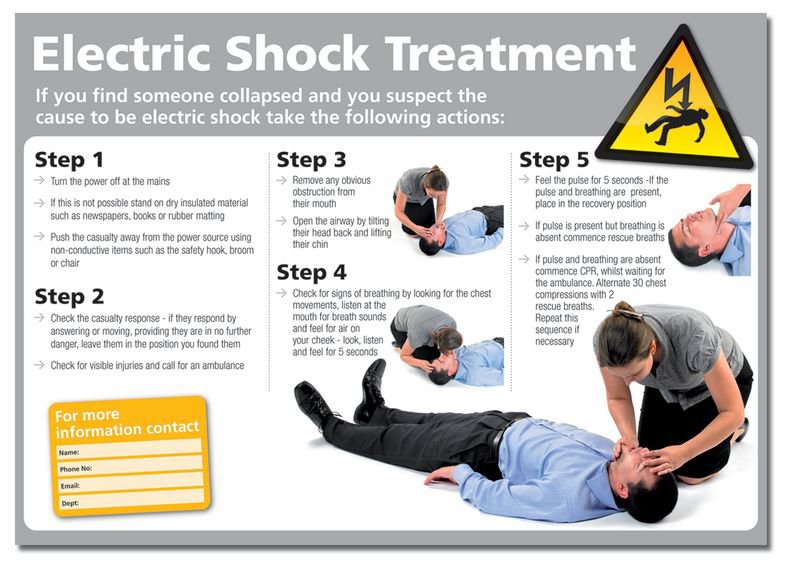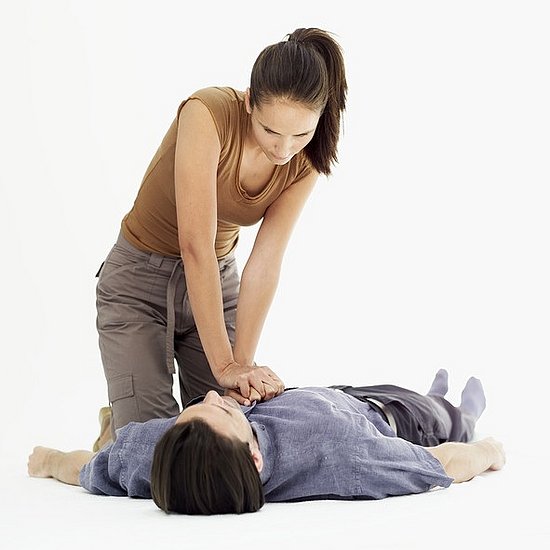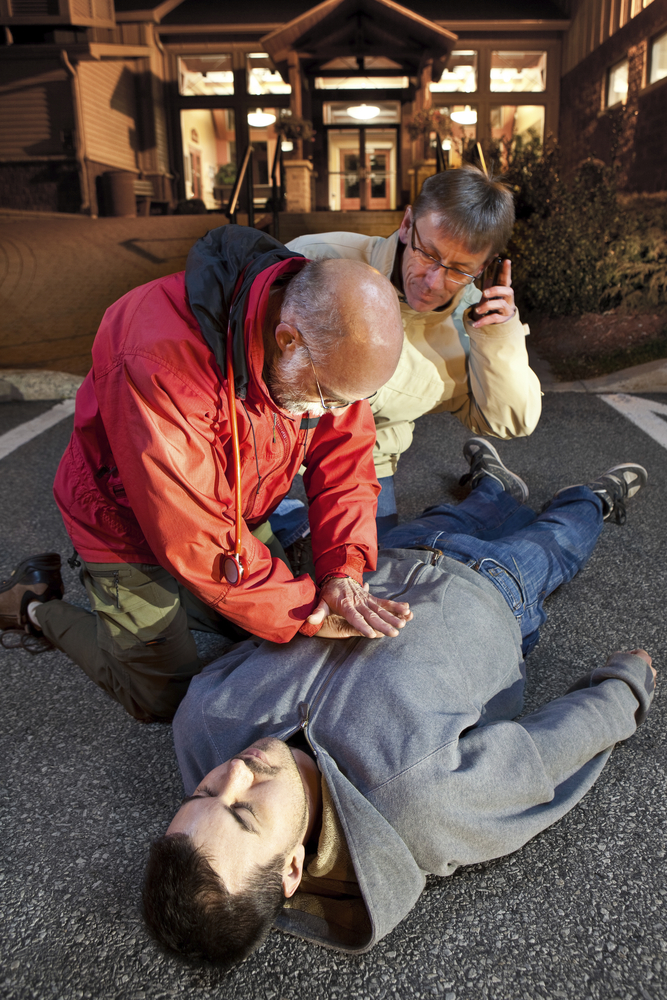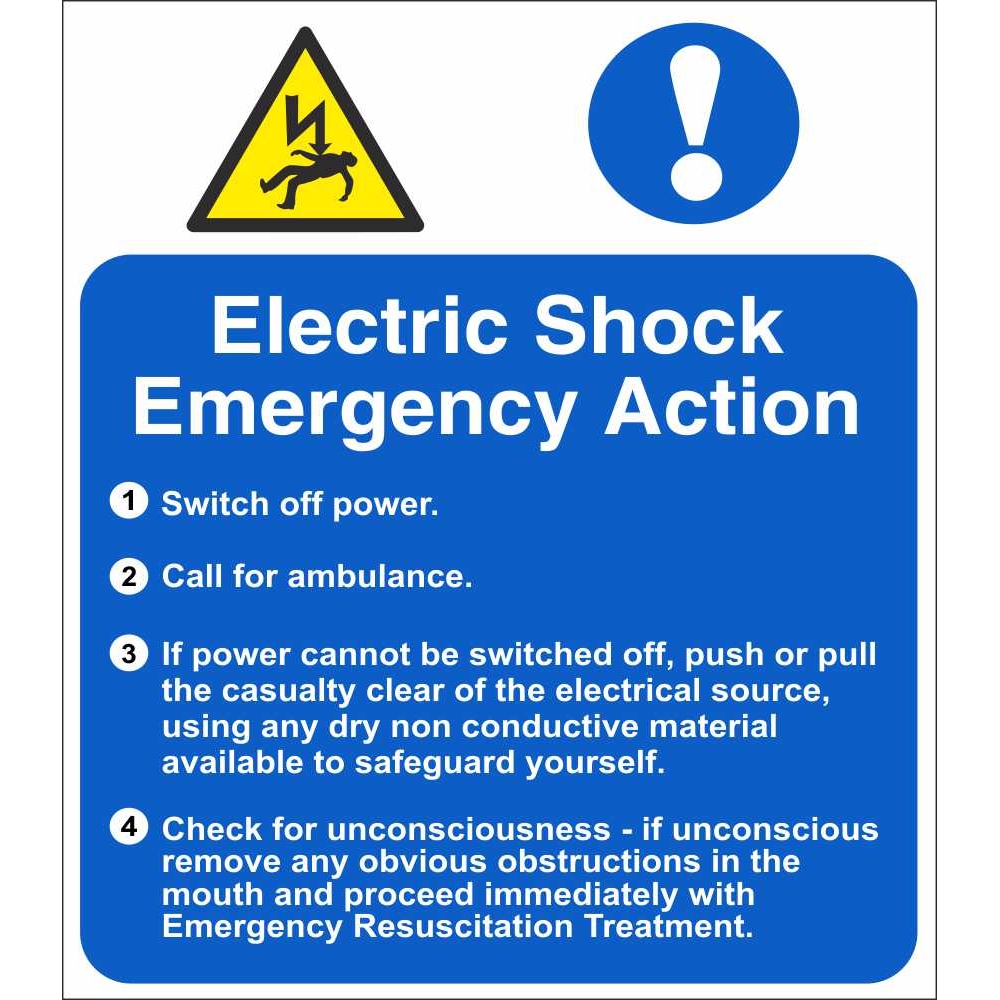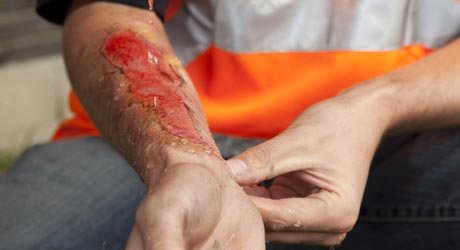Periodically preppers and prepper fiction bring up hoof stock as options for A Bad Thing that removes electric and combustion engines. It’s really only been 100-150 years since equines and bovines were the go-to, and in some less-developed nations, they still are. There are also still plenty of areas worldwide where we can find bovines and equines laboring alongside tractors and transport vehicles. Even here in the U.S., we use livestock to access remote areas, help us haul big game out of back country, and periodically tow somebody’s 4×4 out of mud or off a frozen rut. So it’s not all that unreasonable.
However, things have changed with livestock, and there are an awful lot of people who maybe romanticize it, and who don’t really understand livestock’s’ needs or consider the options we have. I’ll come back and detail some hoof stock horsepower aspects in greater detail, but I want to start by thumb-nailing some of the basics and vox populi.
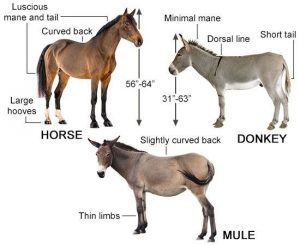

Workhorse Basics
There are generally three equines in the horsepower conversation, horses, donkeys and mules. Horses are mares (female) and stallions (male). In donkeys, it’s jenny and jack, and in mules it’s molly and john (johns are also “horse mules”). Babies are foals, colt (male) or filly (female)
Jennet – Some still use jennet for a specific size and gaited horse (of any breed; a descriptive like “bay” or “goer”). Usually when we hear it, it’s just a different way to say “jenny”. Some use jennet instead of filly for immature female mules.
Sometimes it’s jargon referring to dedicated-nanny livestock guardian donkeys that mother their adopted herds, more than just chasing threats, or to a mule or donkey that cottons to her human and nuzzles or defends them like she would a foal.
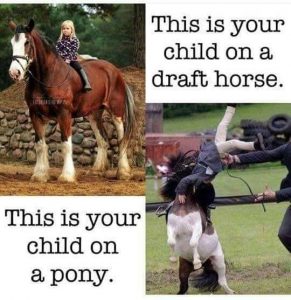

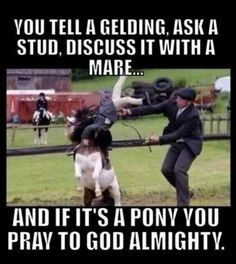
Ponies – They’re technically the same species as horses, but they have different conformations. Ponies and mini horses also seem to have … uhm, character … more often than other equines. (Not all ponies are Demon Goats. Mini horses, now….)
Geld Often & Early – Multiple stallions/jacks are like having too many roosters: it causes problems. Geldings are also far easier to handle than un-cut males, and since spaying is a non-starter for equines and bovines, it’s the only method of population control.

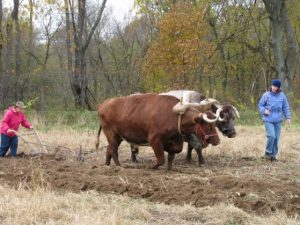
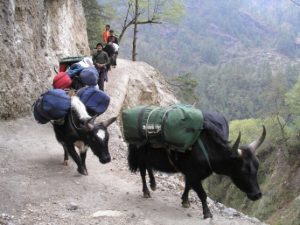
Oxen (and yaks) – Oxen are mature gelded cattle, with dairy breeds generally preferred. For significant chunks of American history, they – not equines – were the go-to engine. They were so favored during wester expansion heydays that start-point towns ran out of them, even after their prices tripled. (They defaulted down to mules.) They’re still the most-used draft animal worldwide due to their economy, durability, and power.
Yaks are bovines, too, but like Asian and African cattle, they have some differences due to our specific breeding trends.
Cattle really rate their own article. I’ll mostly talk equines here, but I wanted to toss in oxen because they’re so often minimized or absent when preppers talk livestock farm labor or backup labor for long-term, widespread disasters.
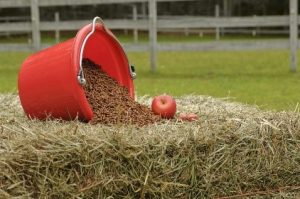
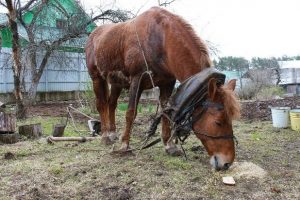
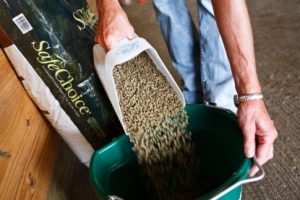
Bursting Bubbles
Nutrition – The days of domestic hoofstock eating solely off pasture is largely gone, due both to the graze areas we usually have available and modern livestock’s needs. If realistic sustainable feed isn’t part of the prepper plan, working hoofstock needs to be left off, too (all livestock, really).
Feed is the largest expense in ownership, and it’s greatest for horses. Horses require higher-quality nutrition, more highly digestible nutrition, and more protein per bodyweight and work. Donkeys are darn-near goats. They need less total by bodyweight and much lower-quality feeds. Too much feed and too much protein will actually make them sick and in very short time, they’ll get fussy, cantankerous, and hard to handle.
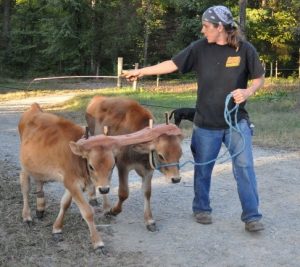
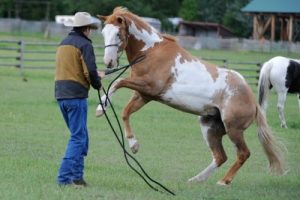
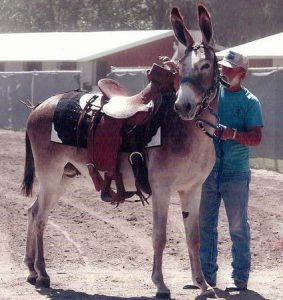
Training Takes Time – It starts with handling from birth, ideally, and exposure to what we want. I’m not saying to work an immature animal, but to have it ready to work once it’s mature. Most equines and bovines also require refreshers and continuing work to remain steady on lead and under rein, and animals require the same ramp-up exercises and maintenance conditioning as human athletes.
Training to task isn’t automatic or as easy as dogs. Many owners and even large-animal vets have no idea how to train working stock from scratch. Don’t count on either for next-gen working livestock in widespread disasters; find a trainer.

Mules Are Infertile – Mules are crosses between horse mares and jack donkeys. The parents have different numbers of chromosomes, which leads to mules’ infertility. (Hinnys get lumped in as mules, but their parents are swapped. Chromosome counts and preferences make them relatively rare.)
Male mules are always infertile. Female mules are fertile and viable so rarely it makes national news if one carries to term. Ours will not be the exception. If repeatable next-generation hoofstock is part of your goal, starting with mules is not going to get you there. You need parent stock or to pick a species.
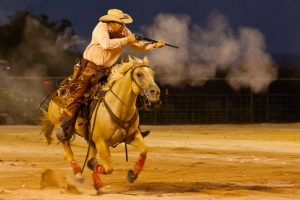

Gun Shy – Horses, longears, and cattle are not automatically chill about gunfire, especially shots going off right behind their heads. Train up for a gun horse, or prepare to outrun the bad guys or haul that elk home yourself.
It also takes a good seat and practice to get even center-mass shots from a moving vehicle, to include wagons and saddles. Just sayin’.
Bonus add-on: You can get earplugs for horses to save their hearing (kid ya’ not). Gun dogs, too.
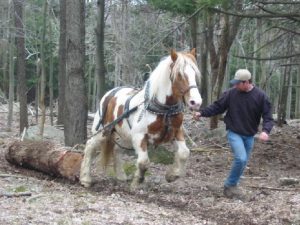
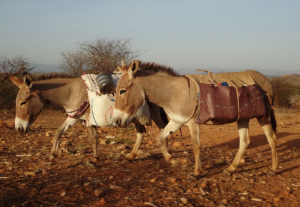
“Healthy as a Horse” – Is a lie these days. See…
Horses Are Delicate – They always have been, comparatively, but along with the way we’ve tailored other domestic animals (and crops) in modern times, there are tradeoffs. Horses have developed fragilities from their guts to their feet, as well as increasingly demanding feed needs, especially performance breeds. We also breed in injury and illness-inducing stuff for the sake of looks (oversizing, undersizing, dish-face Arabians).
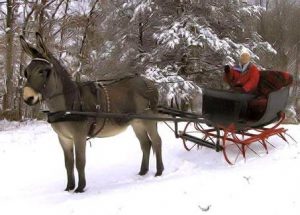
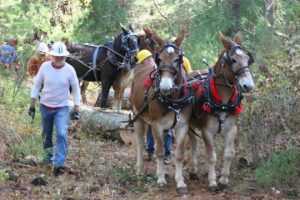
Bare-Bones Basics
Size Matters – Breeding lineage leads to wildly different shapes and sizes between equines and within breeds. All tack (even bits) varies to fit differing conformation, and is not automatically transferable between animals, even moving between horses and near-sized long ears. Tack is also purpose-driven, especially harnesses.
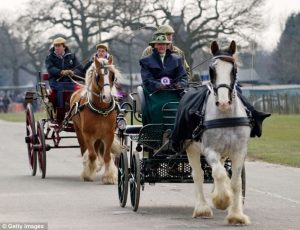
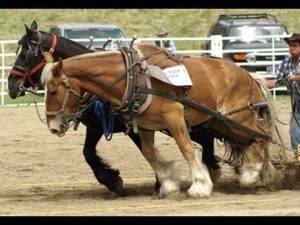
Hoofstock has hooves – Hooves are just big ol’ thick toenails. They grow, continually. Most domestic hoofstock needs help with their toenails these days, typically every 4-6-8 weeks. Many owners/groomers call in a specialist. Some handle their own hoof care, but many of those still want their work checked several times a year.
Vets are not farriers – Even if there’s a hoof problem (or a problem we’re going to address by changing the hoof and thus how weight is carried), a large-animal vet will typically tell the farrier what they’re after. Very few do it themselves (or know how).
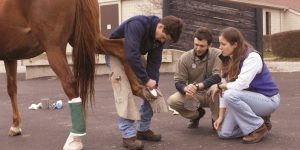

Shoes – Shoes are not automatically necessary (excellent article & images: http://rockleyfarm.blogspot.com/2013/05/what-happens-when-hoof-wall-wears-away.html). Of note to preppers who do shoe, in recent decades we’ve gained more availability of temp and short-term special-purpose shoes, which increases our at-home, non-specialist prepper-stocking capabilities.
Filing – Instead of pincher trims for hooves, we can file as part of regular grooming. Equines also sometimes need tooth work, for many reasons, typically accomplished with a file (and sometimes a chisel, drill, and pliers). That is a specialist skill. It’s one that needs learned if we’re after complete equine sustainability.
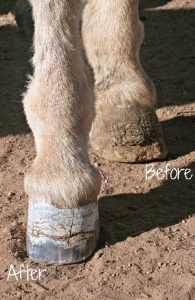
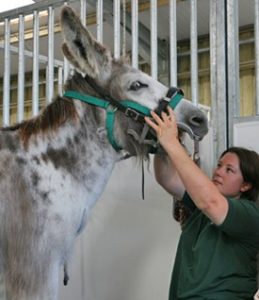
LGDs – Livestock guardians is a big topic, one with lots of “if” that I’ll detail in a future article if nobody beats me to it (donkeys+dogs considerations, too). The quickfire is: Standard jenny or gelded donkeys, not jacks, not minis, not horses or mules.
Also remember that donkeys will regularly ignore other species if there are enough equines to satisfy their herd needs (usually at 3+).
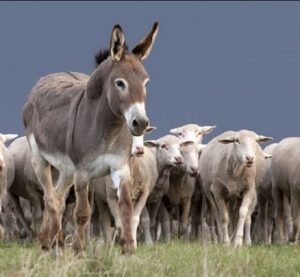


Shy-Stand – In fight-flight-freeze reactions, horses generally flee. They shy, and when they bolt, they go. They’re also more prone to making big shows, throwing hooves around and slinging heads.
When longears see something hinky, they stop and study it until they decide how they’re handling *it*. That “stubborn” freeze is a fear, precaution or confusion manifestation, not meanness. They’re also pretty conservative with energy, and if you progress past ear cues and warning brays, they aim those feet and make sure their hit counts. (Teeth, too.)
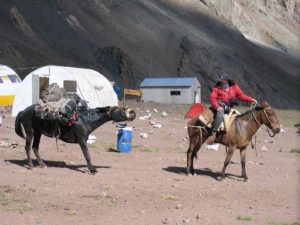
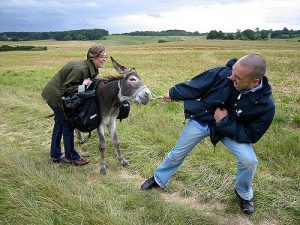
Donkeys & mules are hard to bully – They also don’t fall for our pitiful “treat” coercions as often as dogs and horses, and they’ll call bluffs. When they “nope” but they must move, now, stop pulling the head. Push with a blanket or strap – not rope – behind its thighs.
Smart, not Stubborn – Had Geronimo been riding a donkey or mule, he’d have gone over that cliff by himself.
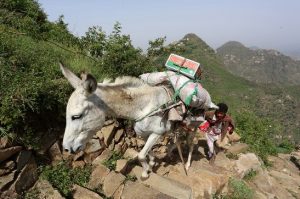
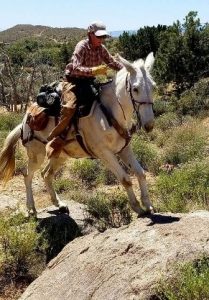
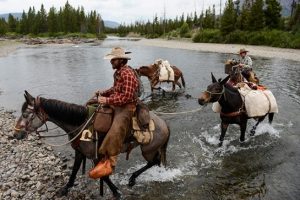
Donkeys and their mule/hinny offspring are too intelligent to put up with as much nonsense as horses and dogs. If they see stupid taking place or prior humans have taught them we’re mean/idiots, they’re even more inclined to dig in their heels. And just like the really smart dog breeds are not typically in the “easy to train” category, longears require creativity and patience.
Treat it with respect, earn its faith, and train with clear, sensible steps. They’ll be an affectionate puppy willing to cross hells for us, too.
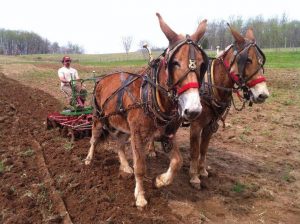
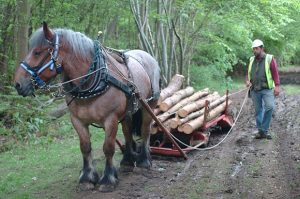
Conventional Wisdoms
Donkeys/Mules don’t founder – Myth. Founder is laminitis – swelling of the tissue that connects equine hooves to their skeletons – but it’s sometimes used for any stock animal dropping from exhaustion. Longears founder, but it’s usually from overfeeding and too much protein, not physical faults, heat, exertion, or overwork. (Psst … Oxen are troopers, too.)

A safer mount/draft – Welllll… Donkeys tend to be sure-footed. That, their “stop and look” reaction to unknowns and threats, and their unwillingness to endanger themselves all contribute to longears’ reputations as safer animals under rein or on lines.
They’re also savvy and attentive, possibly because they still have more “wild” blood and inclinations, have smaller offspring, and aren’t fast enough to get away from as many things as horses can. Mules inherit that. So they do seem to startle less frequently.
I will grant that pack horses are more prone to boredom issues. But I’m still not willing to make a blanket assertion that horses (or specifically geldings) drift/zone/doze and stumble more often on trail.
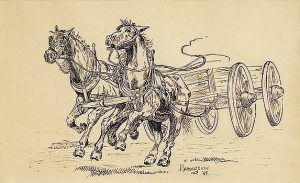
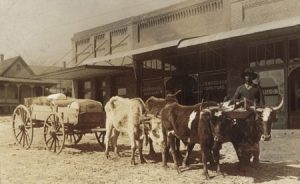
For draft safety, don’t forget about oxen. Next time a Western shows a runaway stagecoach or stirrup-hung cowboy, check out what’s pulling them. Hollywood, sure, but I’ll betcha those runaways aren’t oxen.
Pound for pound, longears out-work horses – Wellllll… This argument gets made using both feed weight and carry-haul weights ratios of animal weight. Breaking down the numbers (and the problems with animal-weight percentages) needs its own article. But … okay, yeah, mostly.
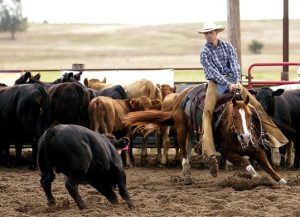
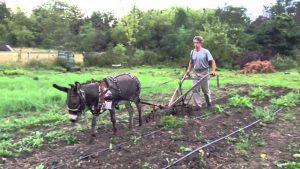
Donkey/mule economy and strength ratios fit more potentials, but they’re not always the best fit. There is work that speedsters or cobbs/drafts and oxen are better suited to, if we can handle horses’ expense or oxen’s one-gear speeds (admittedly, it’s a low gear). There are also donkey/mule tradeoffs – training style, human-behavior tolerances, that noise.

Marish – Oh, REALLY real – Mares tend to have a little more attitude than non-breeding stallions or geldings. (Personal opinion: Mares are sneakier, too. And smug about it.) Longears can be opinionated, but jennies no more than geldings or jacks. Jennies are also less likely to exhibit any special stubbornness or PMS-like symptoms when they come into season.
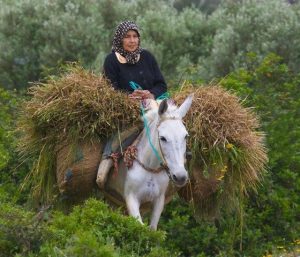
Prepper Horsepower
Few working animals actually pay for themselves in modern nations, and many are ill suited to a subsistence lifestyle due to our commonly limited land. Still, their prevalence as labor in low-income areas worldwide should keep anybody from just immediately scoffing off hoofstock as a long-term grid-down preparation to make – when we’re educated and financially secure enough to provide for them.
Replacing our electric and combustion horsepower with livestock is full of factors to consider. A lot goes into maintenance, and there’s a lot to weigh between each’s needs and abilities and our own. If there’s interest, I’ll revisit the horsepower topic in the future with some details for comparison on the options, uses, working lifespan, load weights, and team synergy.
Follow The Prepper Journal on Facebook!
. How prepared are you for emergencies?
#SurvivalFirestarter #SurvivalBugOutBackpack #PrepperSurvivalPack #SHTFGear #SHTFBag













































